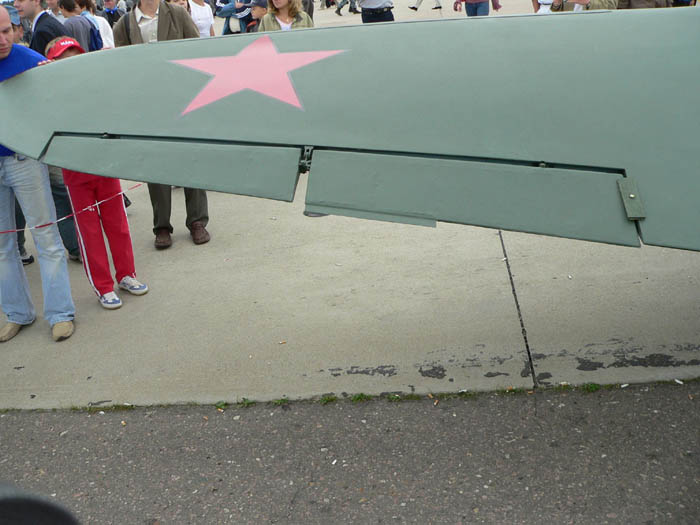
|
MiG-3 restoration by Rusavia at MAKS 2005 wings details |
|
|
|
Photos copyright by Yuri Pasholok

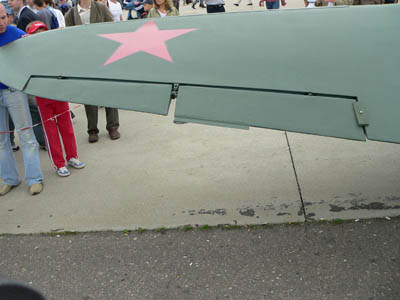 |
The left wing outer panel. It is made of wood. The ailerons are clearly visible. On the right of the photo, we see a rectangular lock that is not part of the plane. Note the star on wing uppersurface, typical of prewar all-green early MiG-3; it looks that this style of painting and marking was never used on wartime real late type MiG-3s. |
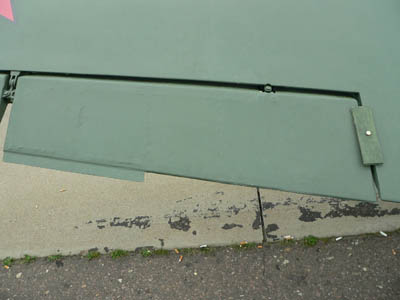 |
The inner section of aileron. The trim fence was on the left wing aileron only. |
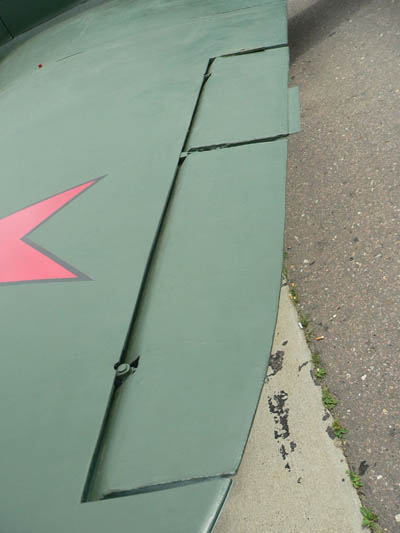 |
The aileron again. Note the oblique shape of its front edge section; so, the aileron mounted on the wing looks to have a wider chord if seen from the bottom than from the top. |
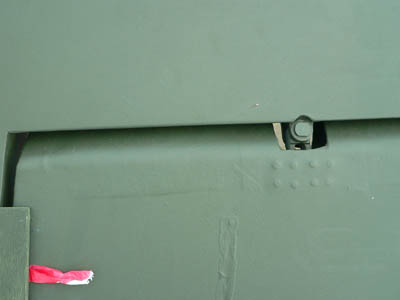 |
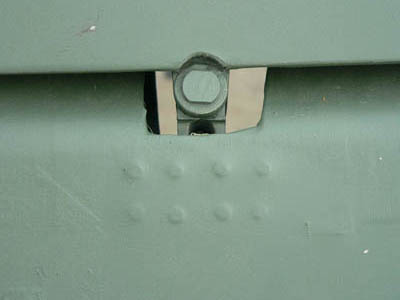 |
Above: two details of the inner aileron hinge of the right wing. Side, detail of the hinge joining two sections of ailerons on the right wing. |
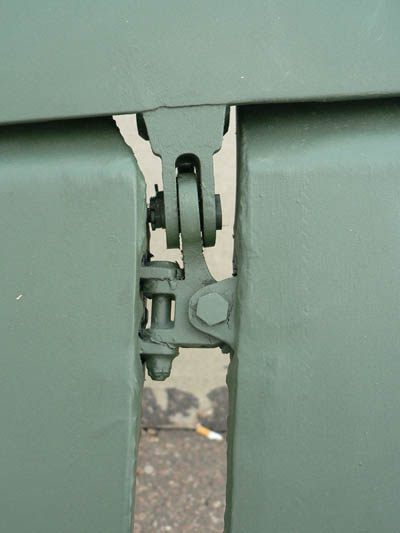 |
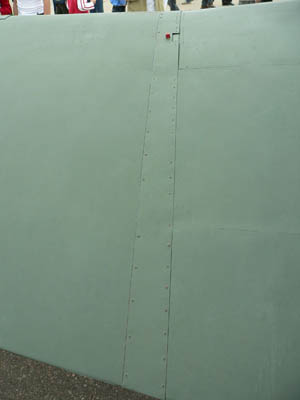 |
This metal band covers the joint between the wooden outer wing panel and the metallic central wing section of the left wing. The red pin indicating the landing gear extension is protruding from the wing uppersurface. |
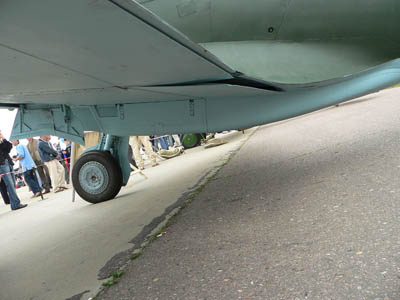 |
The wing undersurface allows to see the flaps, divided in two sections: the inner one on the inner section of wing, and the outer one on the external wing console. Note that the flaps end shortly before the wing edge. |
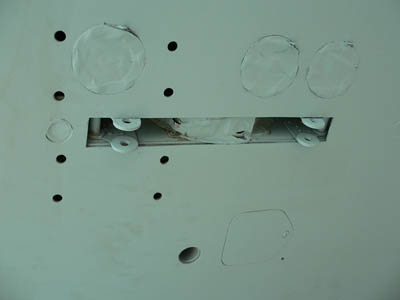 |
The bombs racks should be jointed here. Some openings look closed by tape. |
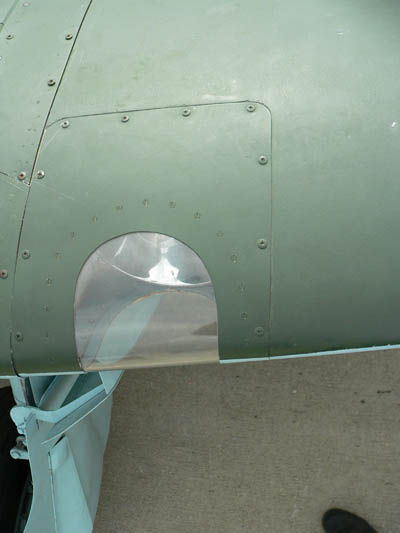 |
The landing light was on the left wing only. Note that the window is more extended on the lower surface than on the upper surface, probably because the light is inclined downwards.
|
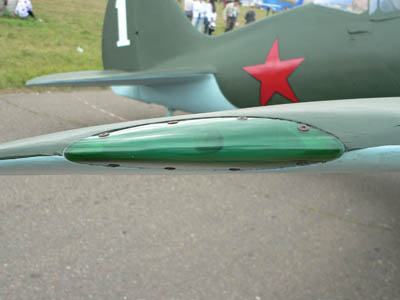 |
The right wing navigation light was covered by a clear green cover. The left wing had a red cover of navigation light. |
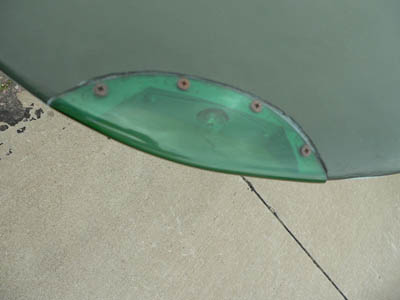 |
|
 |
Here are three images of the pitot probe under the right wing. This configuration is typical of late type MiG-3 equipped with automatic slats; early type MiG-3 was without slats, and its pitot probe was located on the wing leading edge. The images show the thin slot of the slats in retracted position. Automatic slats are free to move by translating forward due to the air pressure at high angles of pitch. When they are extracted, the airflow passes through the slot, and remains adherent to the wing uppersurface instead of leaving it causing stall. Experienced pilots didn't like automatic slats due to their noise while moving, and sometimes glued them in closed position. |
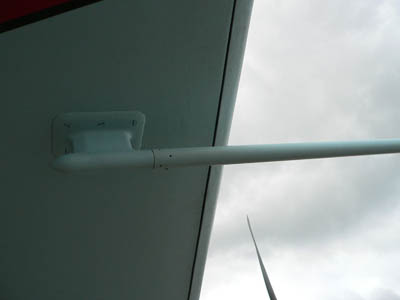 |
 |
| |
|